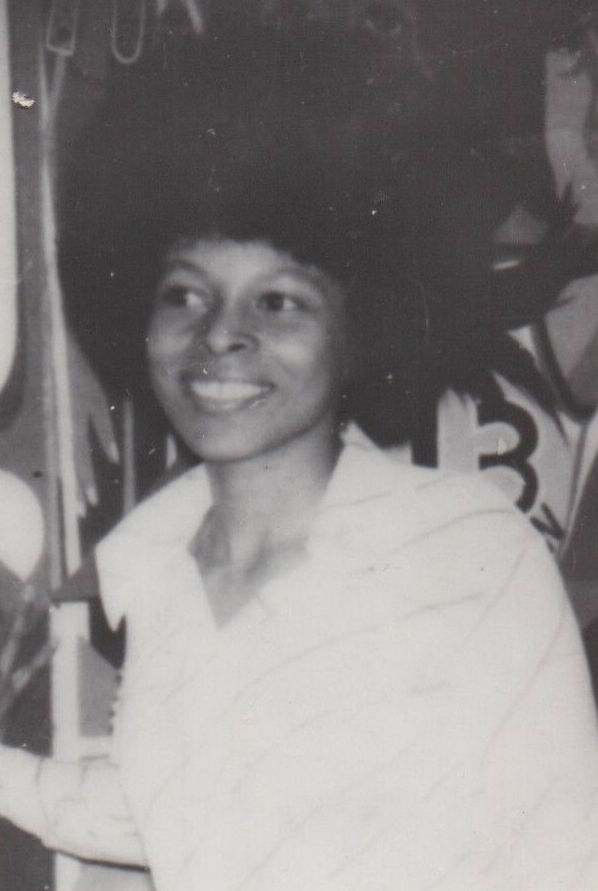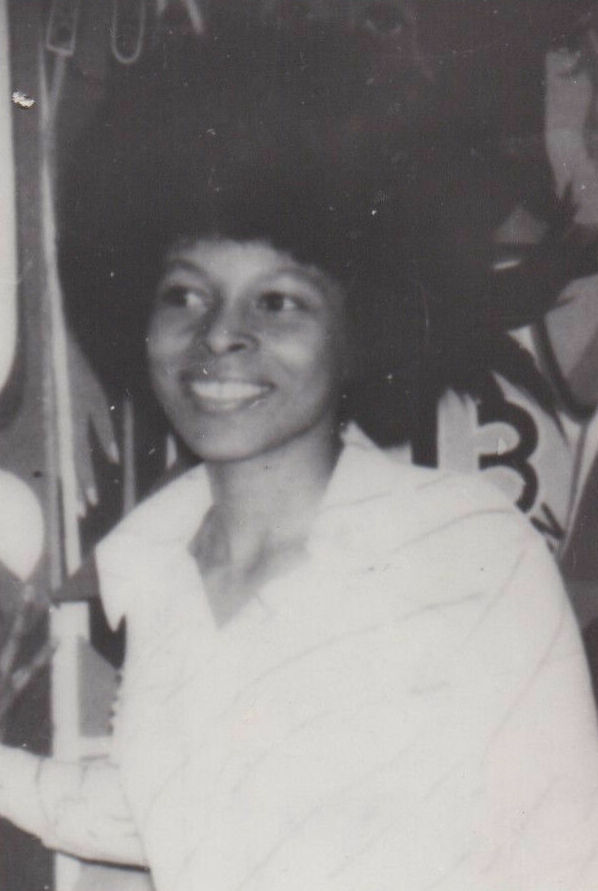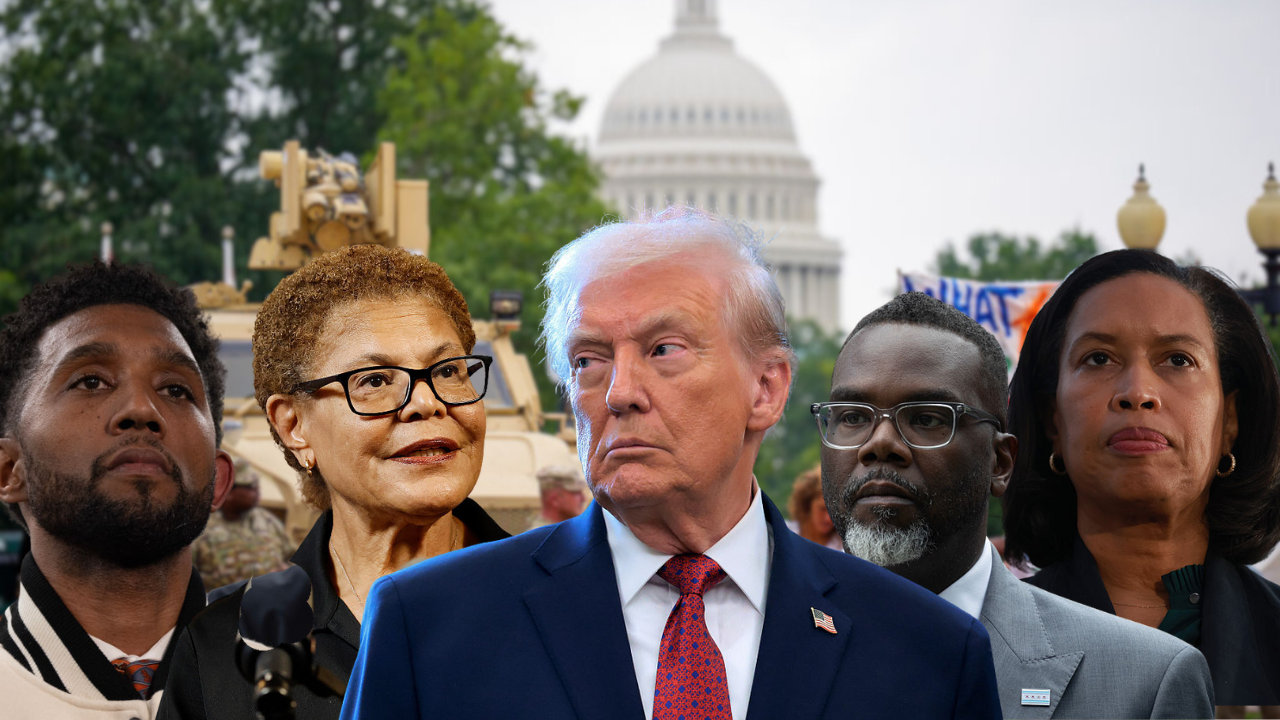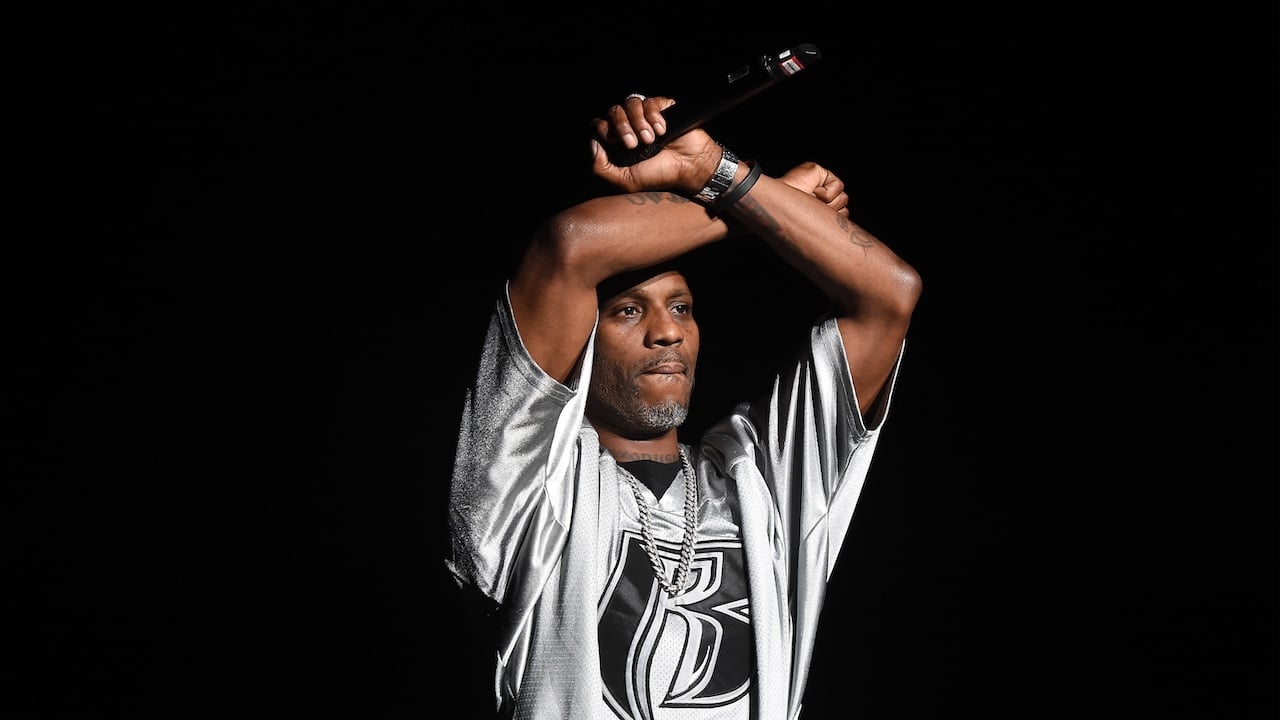
July 2, 2025
Is this truly where New Jersey’s finite resources and political will should be directed, when deeper systemic crises fester within its own borders?
On May 12, in a move that defies contemporary relevance and strains credulity, the New Jersey State Police recently unveiled its 2025 “Most Wanted” list, placing 77-year-old Assata Shakur—formerly Joanne Chesimard—at its apex.
The designation, accompanied by a $2 million reward for her capture, arrives decades after Shakur received political asylum in Cuba, became a Cuban citizen, and earned a master’s degree from the University of Havana. The state’s unwavering focus on a figure long beyond its reach begs a searing question: Is this truly where New Jersey’s finite resources and political will should be directed, when deeper systemic crises fester within its own borders?
Shakur’s history is undeniably fraught. On May 2, 1973, America’s most wanted woman was involved in a fatal roadside shootout on the New Jersey Turnpike that left State Trooper Werner Foerster dead and Trooper James Harper seriously wounded. Convicted of first-degree murder in 1977 and sentenced to life, Shakur escaped prison in 1979 and has resided in Cuba since 1984, where she was granted asylum.
The New Jersey State Troopers Fraternal Association has consistently advocated for her return, calling her presence in Cuba “an affront to every resident of our state.”
The White House, under various administrations, has also cited Cuba’s harboring of fugitives, including Chesimard, as a point of contention in U.S.-Cuba relations. Trump even used Shakur’s exile as a way to double down on his trash Anti-Cuba/ anti-Black rhetoric on June 30 with his “Strengthened Policy From the United States Toward Cuba.” Yet, the pursuit of a septuagenarian exile, however symbolically charged, appears a jarring misallocation of attention when juxtaposed against the urgent, tangible suffering of New Jersey’s present-day populace.
Consider the stark realities demanding the state’s immediate and comprehensive intervention:
- Persistent Racial Wealth and Income Gaps: New Jersey, a state of considerable affluence, harbors one of the nation’s most egregious racial wealth disparities. Data from the New Jersey Institute for Social Justice (NJISJ) reveals a median household wealth gap where white households command approximately $662,500, while Black and Latina/o households possess less than $20,000. This chasm has reportedly doubled in size since the COVID-19 pandemic, representing a profound economic injustice. Furthermore, median household income for white families stands at $110,100, starkly contrasting with $76,100 for Latina/o households and $68,900 for Black households. These are not historical footnotes; they are active, debilitating inequities.
- Entrenched Educational Segregation and Achievement Gaps: New Jersey’s public education system, while often lauded, is marred by deep-seated racial and economic segregation. The state ranks among the most segregated school systems in the nation, funneling many minority students into underperforming schools. This concentration of poverty and racial isolation demonstrably impedes academic advancement. Post-pandemic data from the New Jersey Department of Education indicates that despite some overall improvements, significant disparities persist, with districts serving predominantly Black and Hispanic students consistently lagging behind their white peers in academic recovery.
- Aging and Inadequate Infrastructure: The state’s physical backbone is crumbling, imposing substantial financial burdens and raising critical concerns for public safety and economic vitality. New Jersey drivers collectively incur an average of $713 annually due to vehicle repairs and inefficiencies directly attributable to dilapidated roads. A troubling 7.8% of bridges are classified as structurally deficient. Modernizing the state’s drinking water systems is estimated to require $8.6 billion, and its public schools face a staggering $1.58 billion capital expenditure gap for essential facility upgrades and maintenance.
- Persistent Health Disparities: Health outcomes in New Jersey are shaped by race and socioeconomic status. Black and Latina/o residents face disproportionately higher uninsured rates, rendering them acutely vulnerable to financial catastrophe from medical emergencies. Black residents are more than twice as likely to lack health insurance as white residents, while Latina/o residents are six times more likely to be uninsured. Compounding this, New Jersey’s maternal death rate is among the nation’s highest, with Black mothers tragically seven times more likely than white mothers to succumb to pregnancy-related complications.
- Challenges in Affordable Housing and Housing Instability: The crisis of housing instability disproportionately afflicts racial and ethnic minorities and low-income households across New Jersey. Financial obstacles are the most common impediment to securing safe and desirable housing. Black and Hispanic residents are more than twice as likely as white and Asian residents to confront housing barriers. Alarmingly, more than one in 10 New Jerseyans either lack stable housing or live with the gnawing fear of losing their homes, signaling an urgent demand for expansive affordable housing solutions and robust support systems.
The decision to spotlight Shakur, a 77-year-old woman living under political asylum in Cuba as the state’s paramount fugitive, while these quantifiable crises persist, speaks volumes about a deeply misguided sense of priority. It suggests allocating attention and potential resources to a historical grievance, however deeply felt by some, rather than to the immediate, pressing needs of hundreds of thousands of New Jerseyans struggling with economic disenfranchisement, educational inequity, crumbling infrastructure, inadequate healthcare, and housing insecurity.
A truly just and effective government would, with unwavering resolve, address the tangible suffering within its own communities, rather than chasing ghosts across international waters.
#TeamAssata
RELATED CONTENT: The Enduring Fire: Revisiting Malcolm X’s Vision For Black Liberation On What Would Have Been His 100th Birthday





